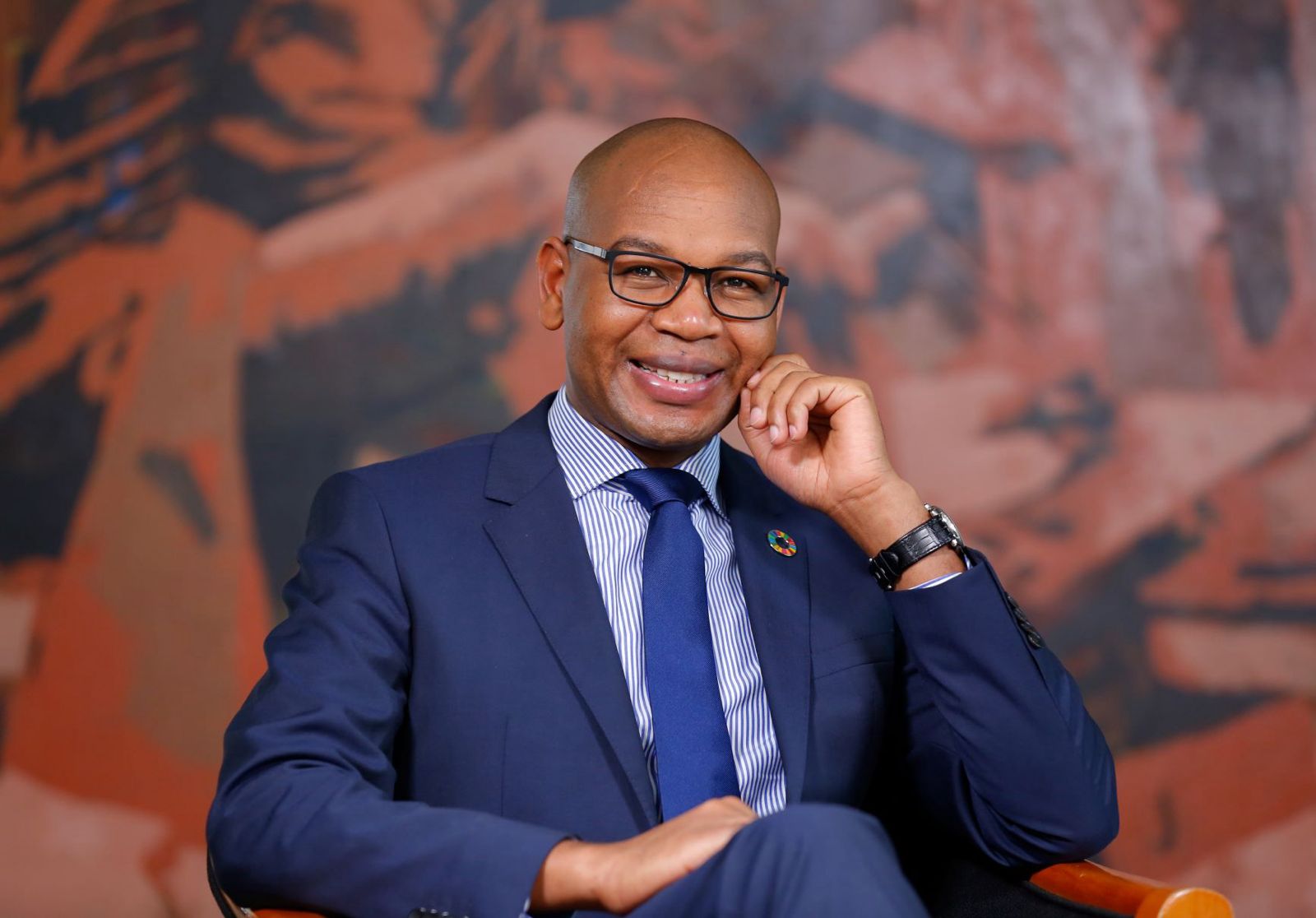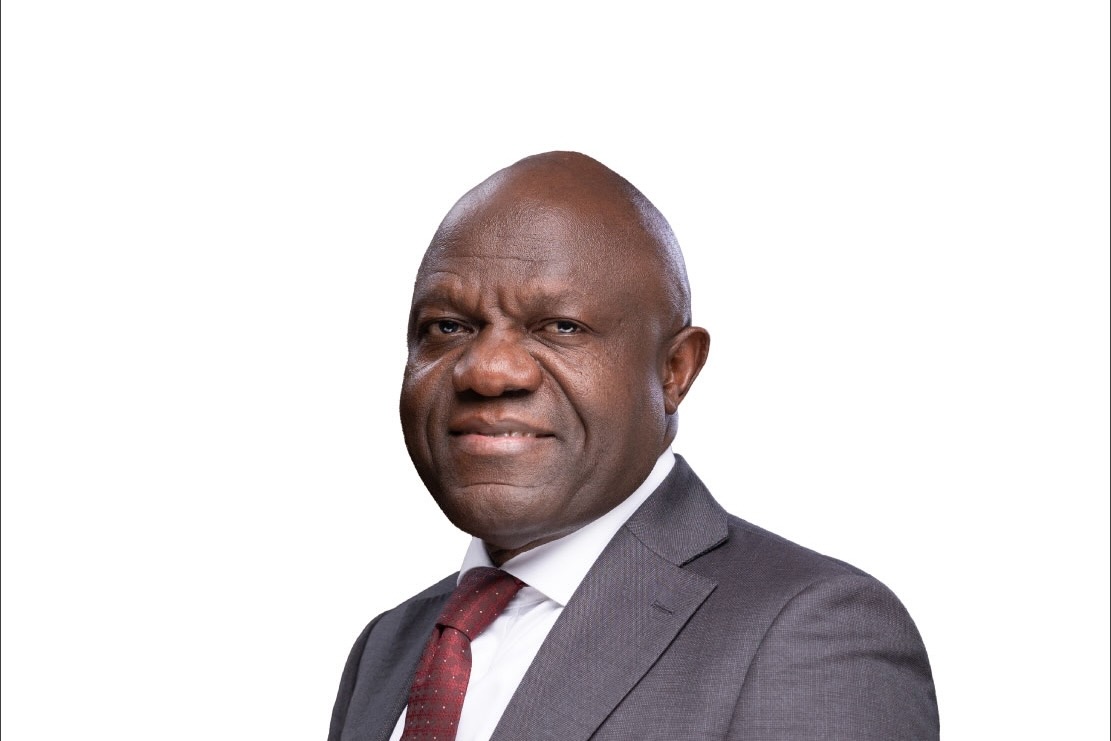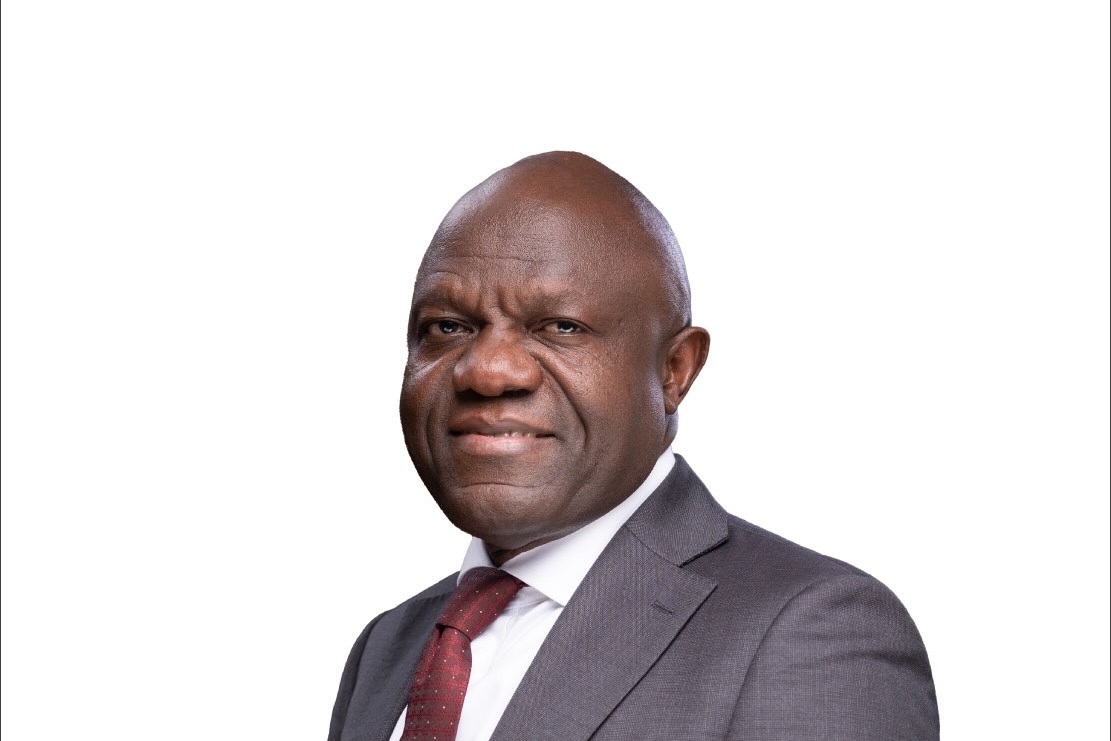Why Uganda’s Gen Z protests are falling short: A closer look at the obstacles
Kenyan Gen Z protesting in Nairobi recently
In recent months, Generation Z across Africa has increasingly mobilized to challenge their governments. Youth in Kenya, Nigeria, South Africa, and Uganda have led protests against perceived government incompetence and corruption.
In Uganda, inspired by their counterparts in neighboring countries, young people organized a peaceful march to parliament to make their voices heard. Their demands focused on combating corruption, addressing youth unemployment, enacting electoral reforms, and safeguarding human rights.
One of the key platforms for these youth protests has been Agora Discourse, a digital forum dedicated to human rights, public accountability and social justice. This platform has facilitated communication through conference calls, including one on X Space, which attracted 409 listeners on the eve of July 23.
Protesters were organized in various locations, including Nasser road, Kiseka market, and outside Parliament in Kampala. Unified in their message, they chanted “Anita must resign” and carried placards with the names of corrupt officials, calling for their resignation and an end to corruption.
The recent Generation Z protests in Uganda faced significant challenges, including police crackdowns and road closures. These protests, which aimed to address various socio-political issues, have been criticized for their limited turnout and perceived lack of success.
Under President Yoweri Museveni, the Ugandan government responded to the protests with stringent measures. The police arrested activists and protesters and used force to disperse gatherings. Officers targeted individuals holding placards or exhibiting signs of protest, which hindered the momentum and organization of the demonstrations.
Agapito Akampulira, a student from Makerere University, explained his decision to stay away from the protests: “I wanted to join, but the police and the army were everywhere prior to the day of the protest, which made me decide not to join.”
Asima Namugenyi, a vendor at Kiseka market, shared her perspective: “Uganda police works for one person, and that’s the rich. These policemen are trained to take action in any way necessary, be it shooting at whoever does something they disagree with. I have family and kids waiting for me every day, which is why I didn’t join those protesting at parliament. I support the campaign from afar because Ugandan police are always ordered to arrest and fight us.”
Another protester expressed disappointment with the leadership: “I expected to see our ‘jajja,’ the president of Uganda, leading us, his ‘bazzukulu’, to Parliament to ask serious questions of those we elected. The speaker is supposed to be accountable, yet there’s constant chaos.”
In response to the protests, President Museveni addressed the nation from Nakasero, stating: “What right do you have to seek to generate chaotic behavior? We are busy producing wealth and providing cheap food. You want to disturb us? You are playing with fire because we cannot allow you to disrupt our progress.”
When The Observer reached out to David Kato (a pseudonym), a Generation Z participant in the anti-corruption march, he remarked, “The march against corruption wasn’t a flop; it was poorly planned. If you plan something and let the adversary know, it often doesn’t yield the expected results.”
Kato noted that the protests lacked centralized leadership, organizational structure, and unity. This disorganization made it challenging to maintain momentum, coordinate actions, and effectively communicate their demands to both the government and the public.
Josephine Namusoke, a student at Kampala International University, explained her decision to abstain from the protests: “Personally, I did not take part because disorganized protests like these do not make a positive impact but, rather, result in violence and chaos. Most of those who incited the protests were at home with their families, while those who actually protested were arrested and suffered in Luzira prison.”
Despite the use of social media platforms including Twitter and Facebook for mobilization, the protests were hampered by Uganda’s digital divide. Many Ugandans, particularly in rural areas, lack reliable access to the internet and social media, which limited the protesters’ ability to garner widespread support. Imran, a student at Nkumba University, observed, “The mobilization was lacking because it was largely on X. Some Gen Z individuals in villages were not aware of the protest.”
Economic challenges also diverted attention and resources from the protests. High unemployment rates and economic hardships made it difficult for many citizens to participate. Mercy Grace Kyomuhendo, a student at Makerere University, noted, “They didn’t get the numbers because many people have lost hope. Ugandans are businesspeople who believe that protests won’t bring about significant change; so, it’s better to focus on their businesses than waste time on strikes that they believe won’t make a difference.”
Nassali Marsha, a 25-year-old shop owner at Nasser road, shared her perspective: “The timing of the protest was unfortunate for us because this is the week we need to clear landlords and secure funds to avoid padlocks on our shops. When you don’t work, you don’t eat. Although I agree with the cause and support it strongly, I had to stay at work.”
The government’s control over legislation and electoral processes has significantly limited the protesters’ ability to effect meaningful change through conventional political channels. This situation has led to reactions such as, “nothing will change,” as the youth are seen being forcibly removed from the streets and packed into police cars like “potatoes being thrown in a sack.”
Although the protests garnered some international attention through social media, which amplified the movement’s visibility, the lack of sustained pressure from citizens limited its impact on government policies. Many citizens continued with their daily routines while observing the unfolding events from a distance.
A notable shift from previous years, when many supported campaigns like Dr Kizza Besigye’s “Walk to Work,” reflects a decline in solidarity and patriotism. The absence of widespread support and unity has weakened the movement’s legitimacy and diminished its ability to pressure the Ugandan government to uphold democratic principles and respect human rights.
Alex Kaweesi, a shop owner in Kiseka, expressed his frustration: “I don’t see why I should close my shop to protest while those who started this campaign are at home sleeping. Some are not even in the country, yet they’re busy shouting at us on social media. Meanwhile, many of s are struggling just to make ends meet.
Our leaders in parliament and government officials are supposed to lead by example in fighting corruption, but when it’s time for action, they don’t show up. Instead, the police are arresting people for taking a stand.”
Effective protests require strategic planning, including clear objectives, tactics, and the ability to adapt to changing circumstances. The Generation Z protests in Uganda struggled with articulating clear demands and implementing effective strategies, which collectively undermined their potential for substantial and lasting change in the country’s political landscape.
In contrast, the Kenyan Generation Z protests have demonstrated enhanced organization and resilience. Protected by legal frameworks, they have successfully voiced their objectives and demanded action, prompting a more responsive reaction from their officials. Otyeno, a Kenyan Gen Z activist, addressed the Ugandan leader in a YouTube protest meeting, urging him to stay out of Kenya’s affairs.
His outspoken stance, without police interference, contrasts sharply with the repression faced by Ugandan protesters. Jekins Kabi, a student leader, noted, “People fear arrest or even death in Uganda’s context, which hinders their participation in protests.”
To enhance the effectiveness of Uganda’s Generation Z protests, improvements are needed in strategic organization, coalition-building, digital engagement, nonviolent tactics, clear articulation of demands, international advocacy, and long-term planning. By fostering unity and resilience, Uganda’s youth can work towards a more just and equitable future for all citizens.
Source: The Observer
Share this content:




Post Comment